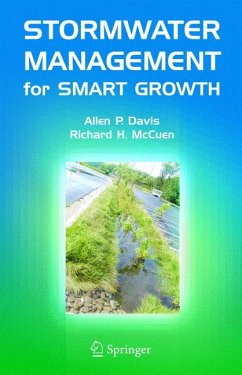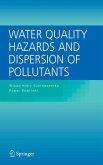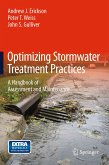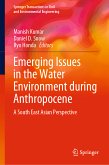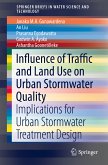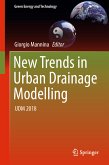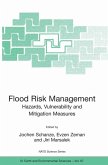Current trends in stormwater management add pollution control to existing priorities of flood protection and peakflow limits. From a fundamental overview of supporting information on water quality, statistics and hydrology to detailed sections devoted to treatment and management practices, this book examines the latest treatment practices and techniques for improving stormwater quality to protect against stream, river and estuary degradation.
Dieser Download kann aus rechtlichen Gründen nur mit Rechnungsadresse in A, B, BG, CY, CZ, D, DK, EW, E, FIN, F, GR, HR, H, IRL, I, LT, L, LR, M, NL, PL, P, R, S, SLO, SK ausgeliefert werden.

